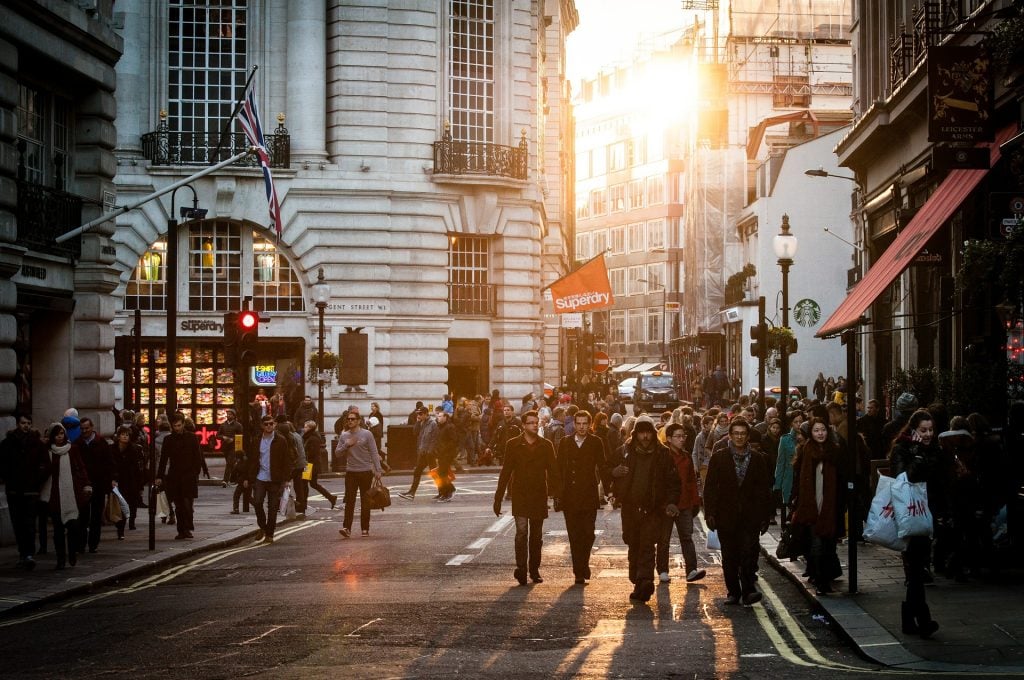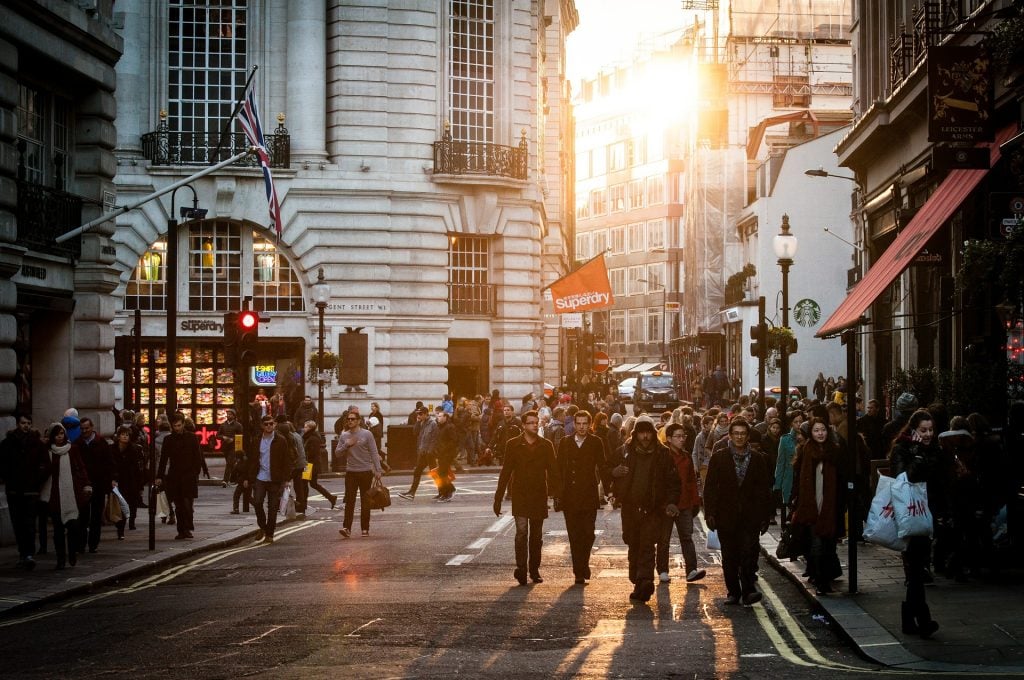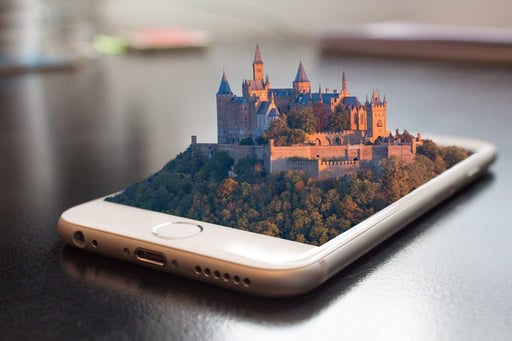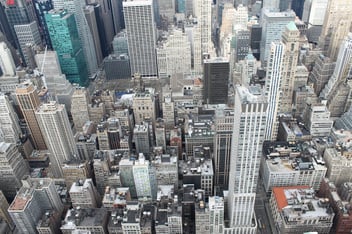With the tap of your finger on a smartphone, you can find your way around a new city with complete ease. This is smart city tourism, the future of tourism.
Imagine traveling to a brand new place, where you don’t speak the language. But with the tap of your finger on a smartphone app, you can instantly find your way around one of the world’s premiere smart cities with complete ease from the moment you arrive to the moment you leave. This is smart city tourism - the future of tourism.
Tourism is beneficial to cities through its contributions to city economies, employment, and business opportunities, especially in the retail and restaurant sectors. Smart city tourism can be enhanced with new Internet of Things (IoT) technologies in lots of ways. Those ways include:
- Smart ticketing
- Smart-security services
- Improved transport services
- Virtual reality
- Linguistic services
- Smart city bots to guide visitors around
…and more!
Here is a list of some current initiatives focused on smart city tourism that are already under way.
Smart city tourism: Crowd management
Crowd management is being revolutionized with the Internet of Things. Before the widespread use of smartphones, crowds were managed using CCTV and human facial recognition. These methods require manual workers on the other side of the screen to manually manage the flow of people, or shut down movement in emergencies.
Smart city tourism is driven in part by large events – concerts, sporting events, fashion shows, etc. Intelligent crowd management is a great way that smart city tourism capitalizes on IoT to streamline services provided. The same technologies can be used to help move people where they need to be, plan services based on their behavior, and even target advertisements from businesses to where crowds will be at a predictable point in time.
Smart city tourism is affected by sports and entertainment events, key markets for crowd management technologies. Thousands of people usually attend these events. Although types of events vary, smart city tourism technology is uniform and transferable. Event managers want to safely manage crowds and maximize the event’s revenue. Smart city tourism IoT technology can provide event managers with valuable data about where people are located, how they are moving, and how they are arriving at or leaving the event site.
Find out more about how smart cities can manage crowds effectively with Bismart’s Crowd Management Center.
An example of smart city tourism technology used for crowd management is telecom company Orange in Antwerp, Belgium. They can provide a real-time stream of all smartphones connected to its network within a given area. A crowd-monitoring dashboard displays the data. This lets the city government monitor where people are (anonymously). This technology is used during large city events, such as the Tour de France or the Tall Ships Races, to provide visitors with an enjoyable experience.
Smart city tourism: augmented reality
Another exciting way that cities use IoT is to engage tourists with the city itself to make their experience memorable and enjoyable. The Museo dell’Opera del Duomo in Florence, Italy has a completely interactive exhibition. Visitors download an app when they enter the museum using the free Wi-Fi. Then, they can interact with various aspects of the museum. The app features a virtual museum on users’ phones. It responds to the needs of both real-time and virtual visitors.
The app also lets visitors to the City of Florence explore Ghiberti’s Gates of Paradise and the Mosaics of the Baptistery in Piazza del Duomo in great depth. This is something that isn’t so easy to do when visitors are there in person. An aspect of smart city tourism is bringing monuments to visitors’ phones. This isn’t to replace visiting the real thing, but rather to enhance the experience itself.
Now, in Florence, you can visit the Baptistery, see the beautiful Gates of Paradise and Mosaic tiles, and then go sit in a café while you admire the Duomo in the background and study up close what you just saw from the palm of your hand.
The city of Weimar, Germany is another example of smart city tourism through the combined use of IoT and augmented reality. Using a map app, tourists can find important landmarks and when they point their camera at said landmark, while looking at the screen they can view historical photographs superimposed onto the current scene.
Popular sites include Goethe and Schiller’s former homes, and a memorial to the famous writers in front of the German National Theatre. The technology also allows tourists and students alike to understand inscriptions and re-inscriptions, through translation and enhanced visual analysis, allowing for a more comprehensive understanding of certain historical monuments.
Smart city tourism: the future
Crowd management and augmented reality experiences are just two of the thousands of ways that smart city tourism is going to continue to develop every more quickly in the future. Traveling will become easier and more enjoyable through the IoT and smart city tourism investment.
You might also enjoy reading:
- The 7 Top Smart Cities Around the World
- Smart Cities in Action: 5 Reasons Why Barcelona is a Smart City
- “The Power of Data Helps Cities Become Smart Cities”
Are you interested in finding out more about how smart cities can use technology to enhance and improve tourism? See our solutions designed specifically for smart city tourism.



